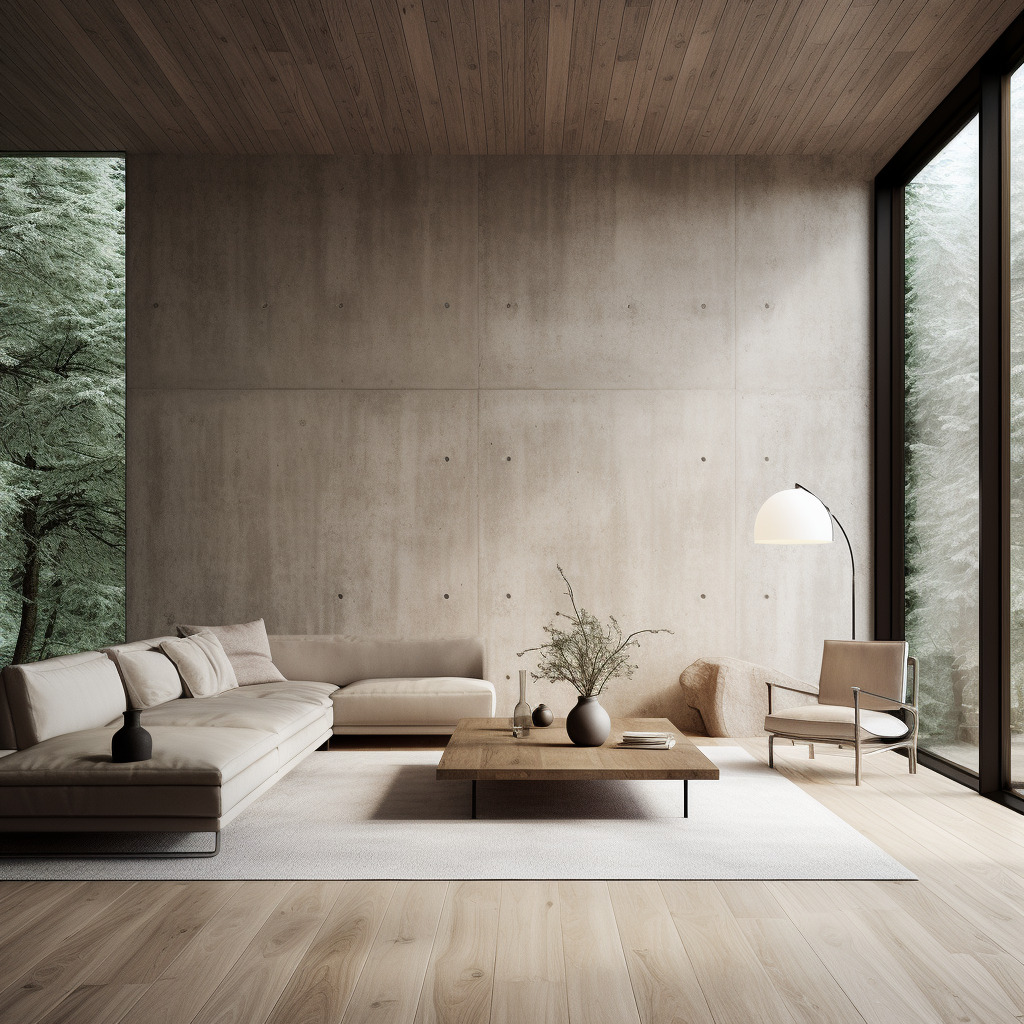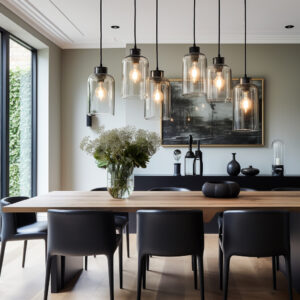How to Create a Minimalist Interior
Minimalist interiors continue to be a prevailing trend in the design world, characterized by their simplicity, clean lines, and a monochromatic color palette. This approach focuses on the idea of 'less is more’ and facilitates a lifestyle free from clutter and excess. In today’s fast-paced world, creating a calm and organized space has never been more important. A minimalist interior offers not just an aesthetically pleasing environment but also one that promotes tranquility and function. As we delve into the essentials of minimalist design, we’ll discover how this style can transform your space into a serene sanctuary.
Key Elements
To successfully design minimalist interiors, an understanding of the following key elements is crucial. These components work together to create a harmonious and functional environment.
- Color Palette: A minimalist color scheme tends to be subdued, featuring muted tones and a range of greys, beiges, and whites. This creates a cohesive look throughout the space. Pops of color can be introduced but should be used sparingly to maintain the overall calm of the design.
- Furniture Arrangement: The furniture should be chosen not only for its aesthetic but also for its practicality. Pieces are often geometric in shape and feature clean lines. Space between furniture allows the room to feel open and uncluttered.
- Lighting: Good lighting is imperative in a minimalist interior. Natural light is maximized, while fixtures typically showcase simple designs that blend with the overall decor.
-
Accessories and Decor: In a minimalist space, every item should have a place and purpose. Accessories are kept minimal, with high-quality pieces used to deliver maximum impact without overwhelming the space.
-
Texture and Materials: To keep things interesting and add depth, playing with textures and materials is key. This can be through fabrics, wood, metal or glass, as long as the choices stay within the neutral color palette and complement the clean aesthetic.
-
Negative Space: The use of negative space – the areas where there is not furniture or objects – is as important as the areas with items. It allows the room to breathe and the focus to remain on the intentionally selected pieces.
Tips for Minimalist Interiors
When selecting furniture and designing your minimalist home, keep the following tips in mind:
- Choose Quality Over Quantity:
- Invest in well-made, timeless pieces of furniture that will last and won’t need to be replaced frequently. These should also serve functional purposes to avoid the need for additional clutter.
- Keep It Functional:
- Every piece of furniture should serve a purpose. If it doesn’t contribute to your daily life or the design aesthetic, it likely doesn’t belong in a minimalist space.
- Prioritize Scale and Proportion:
- Furniture should be proportionate to the room’s size. In a minimalist design, it is better to have fewer, appropriately sized pieces than several small or overly large items that disrupt the balance of the space.
- Incorporate Built-Ins:
- Built-in shelving and cabinetry can offer sleek and custom storage solutions. These allow you to store items out of sight and maintain clean lines.
- Select Dual-Purpose Furniture:
- Opt for furniture that can serve multiple functions, like a storage ottoman or a sleeper sofa for guests. This reduces the need for additional items in the space.
FAQ about Minimalist Interiors
Question 1: How can I make a minimalist space feel warm and inviting?
– Answer: To ensure a minimalist space doesn’t feel too sterile, incorporate layers of texture, such as soft textiles and natural elements. Rich wood tones, plush rugs, and soft linens can add warmth without clutter.
Question 2: Can I incorporate patterns in minimalist design?
– Answer: Absolutely, patterns can have a place in minimalist design when used strategically. Stick to simple patterns and limit their use to one or two items like throws, pillows, or an area rug to add interest without overwhelming the space.
Question 3: How do I choose decor for a minimalist interior?
– Answer: When choosing decor for a minimalist space, select items that are meaningful or evoke joy. A single large-scale art piece or a small curated collection of objects can add personality without complication. Remember, in minimalism, less is more.
Question 4: What’s the best way to maintain a minimalist home?
– Answer: A minimalist home is best maintained by routinely decluttering and reassessing your belongings. Ask yourself if each item serves a purpose or brings value to your life. If not, consider letting it go. Staying organized is also key to maintaining the minimalist aesthetic.
Question 5: Are there any popular trends in minimalist interior design right now?
– Answer: Current trends in minimalist interior design include the incorporation of sustainability, multifunctional spaces, and biophilic design – integrating natural elements and greenery to create a nurturing and restorative environment. Embracing these trends can add a contemporary edge to your minimalist interiors.
Creating minimalist interiors requires a discerning eye and a commitment to simplicity. By understanding the fundamental elements, you can craft a space that is both visually appealing and practically designed, offering a refuge from the hustle and bustle of everyday life. Embrace the minimalist mantra, and transform your home into a celebration of space, light, and peace.
Making informed decisions on furniture, ensuring that every piece has a place and purpose, and committing to the minimalist philosophy can revolutionize how you live in your home. It’s not just about what you remove; it’s about curating what you choose to surround yourself with. Mindful choices lead to a serene living space that is not only timeless but also speaks to the latest trends and a sustainable way of life. With these guidelines at your side, your journey to minimalist serenity starts now.




